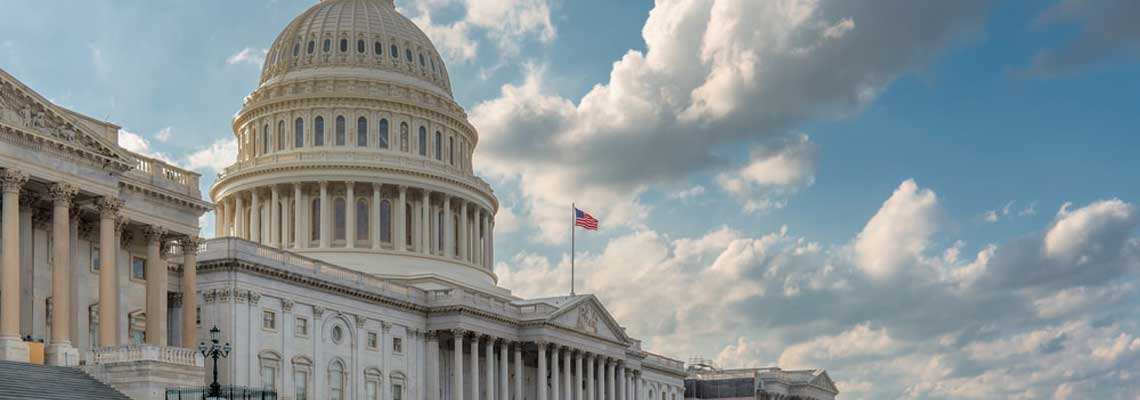We recently began quoting the Wall Street Journal’s analysis of President Obama’s health care law in some of our advertising. Specifically:
It is now undeniable that Mr. Obama has imposed the largest tax increase in history on the middle class. Individuals who don’t buy insurance will have to pay several hundred dollars, depending on income. The Congressional Budget Office says that 76% of those who pay the mandate tax will make less than 500% of the federal poverty level, estimated to be $24,000 for a family of four in 2016. That means 76% of the payers will earn less than $120,000 a year.
So much for Mr. Obama’s promise not to raise taxes on anyone earning less than $200,000. And this initial mandate tax will only be a teaser rate when it becomes clear it isn’t nearly enough either to finance the bill or drive individuals to buy insurance. Millions will wait to buy insurance until they need expensive treatment, knowing they can always buy it when they show up at the hospital.
The Journal’s analysis is clear and follows directly from CBO numbers. The mandate tax falls overwhelmingly on the middle class, making it the “largest tax increase in history on the middle class” as a distributional matter. The howls of protest from the left on this simple observation are odd considering their usual obsession with distributional tables.
Moreover, as the Journal observes, the initial rate — 2.5 percent of adjusted gross-income up to $2085 per family by 2016 — cannot be adequate to force low utilizers of health care to spend over $12,000 a year for “Bronze Level” coverage, the least expensive plans in the new health care system. Thus the tax will be steeply raised over time.
And the number of people affected by the tax is not the 4-6 million suggested by CBO analysis. To begin with, the relevant number also includes people who buy insurance they would otherwise not buy, who are being forced to spend thousands of dollars one way or another. That number is around 20 million people. As House Ways and Means Chairman Dave Camp explained:
The Congressional Budget Office predicts that approximately 20 million Americans will either pay the tax or be forced to buy insurance that they otherwise wouldn’t purchase. Only two states in the U.S. have more than 20 million people – California and Texas. So despite the Obama Administration’s claim that few Americans will be impacted by this new tax, 20 million Americans, most of whom are middle-income, will soon beg to differ.
Even more significantly, the impact estimates have not been revised to take into account Chief Justice John Roberts reconstruction of the statute to replace the mandate as a legal command with a neutral take-it-or-leave-it tax.
As Steven G. Bradbury explained in excellent testimony this week to the House Ways and Means Committee, the mandate was designed to force low-utilizers of health care to pay for care they don’t use. He said:
The individual mandate was originally enacted to compel millions of Americans to pay more for health insurance than they receive in benefits as a means to subsidize the costs that the Act’s guaranteed-issue and community-rating requirements will impose on private insurance companies.
Bradbury went on to explain that, now that the Supreme Court has reconstructed the statute to remove the legal mandate, the number of people paying the explicit tax to the government rather than the implicit tax of buying insurance they otherwise wouldn’t buywill be significantly higher:
It is logical to understand that this earlier CBO projection was based in part on the assumption that most Americans would naturally feel a strong moral imperative to comply with the sort of direct legal requirement that the minimum coverage provision was originally thought to be, even if that requirement was not initially en-forced with criminal sanctions.
Now that the Supreme Court has announced to the whole world that the minimum coverage provision is, in fact, not a legal mandate, but is only a tax assessment, it is equally logical to assume that the actual number of individuals who will choose to pay the tax rather than purchase insurance will be considerably greater than originally projected.
The mandate was always an attempt to salvage a failed regulatory model, as the empirical evidence from the eight states that adopted guarantee issue and community rating in the 1990s shows.
This law requires insurance companies to issue policies to people after they get sick at the same premiums they charge healthy people. That creates an overwhelming incentive to forego insurance unless and until you get sick. A tax of two thousand dollars will not compel a person to spend at least $12,000 on an insurance plan if that person isn’t using health care and can’t be charged more after the fact.
The mandate was a clumsy, heavy-handed, and — we now know — unconstitutional way to attempt to overcome this problem. It was tossed out in Court, but reconstructed as a tax. Now millions will pay that tax, while health insurance markets are destroyed by adverse selection.
The Wall Street Journal is right: this is largest tax increase in history on the middle class — if Congress doesn’t repeal it before it takes hold.
(There are also 19 other tax hikes in the health care law, at least eight of which hit the middle class immediately. More of them are designed to hit the middle class over time.)

